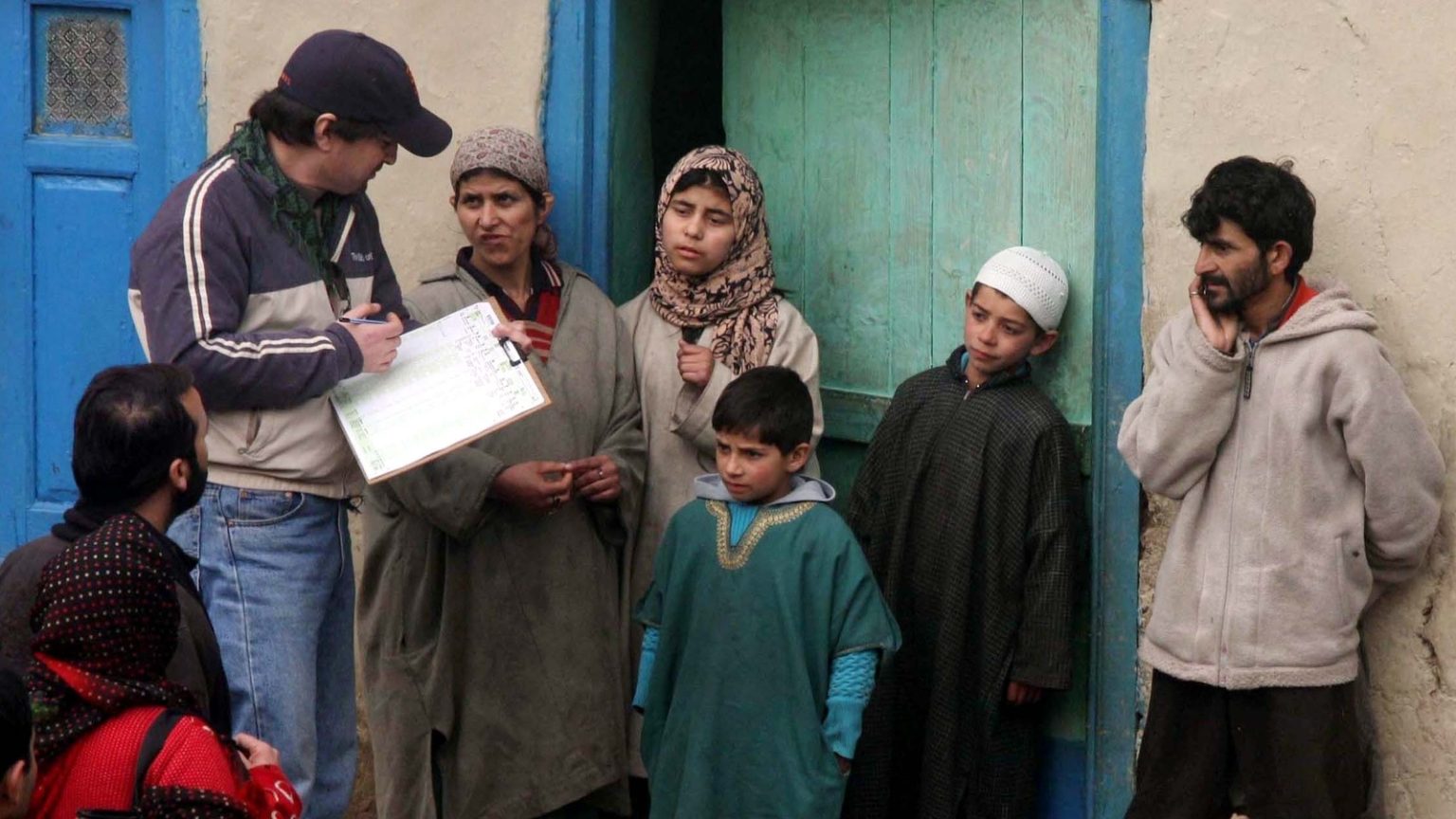In some selected regions, including Ladakh, Jammu & Kashmir, Himachal Pradesh, and Uttarakhand, the Census will commence earlier, starting in October 2026. The Centre is set to launch the next nationwide Census, which will also include a caste enumeration for the first time, from March 1, 2027, senior government officials confirmed on Wednesday.
However, in some selected regions, including Ladakh, Jammu & Kashmir, Himachal Pradesh and Uttarakhand, the Census will commence earlier, starting in October 2026. The national exercise will take place in two phases, the officials further said.
The development comes a month after the union government announced that the caste-based enumeration will be a part of the next decadal census. The decision was taken at the high-powered cabinet committee on political affairs, chaired by Prime Minister Narendra Modi. Bihar, Telangana and Andhra Pradesh have conducted caste surveys in the last three years, while Karnataka is mulling the release of data from a survey conducted in 2015.
The previous decadal national census, scheduled for 2021, was indefinitely postponed due to the COVID-19 pandemic. According to officials, Census 2027 will also be the first digital census. Earlier, the Centre announced that a mobile app for the collection of data and a census portal for the management and monitoring of various census-related activities have already been developed.
In March this year, the Union Home Ministry informed a parliamentary standing committee that the preparatory activities for the decadal exercise have been completed.
The ministry was clarifying the reasons for the reduced allocation from ₹1,309 crore in 2024-25 to ₹574 crore in 2025-26 for the Census.The first synchronous census in India was held in 1881. Since then, censuses have been undertaken uninterruptedly once every 10 years. It is the biggest source of information on demographic, socioeconomic and other parameters of the entire population of India.
This data is used for planning and policymaking and provides valuable input about the impact of government policies. The data is also used to demarcate constituencies and allocate state-wise representation in Parliament.



